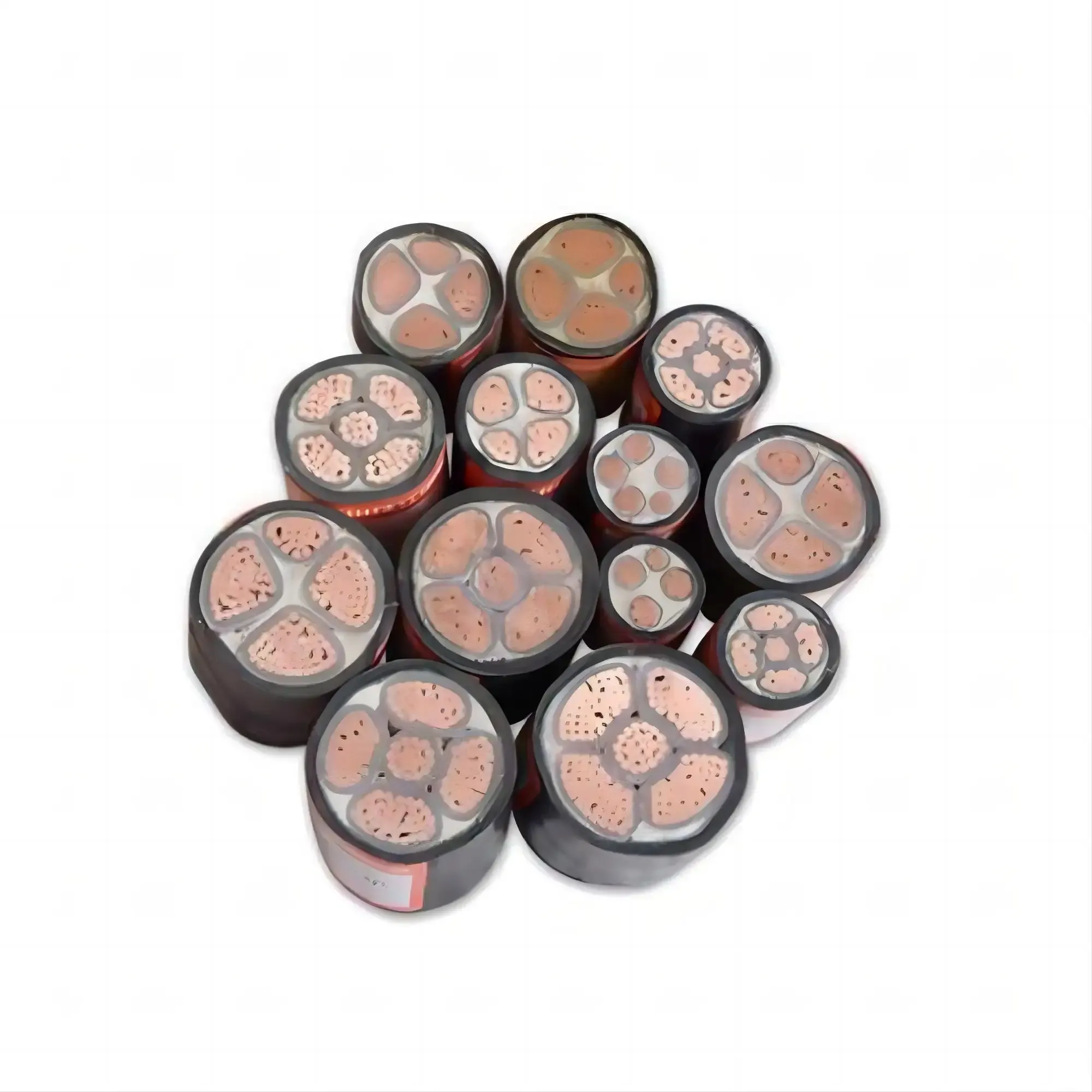Time: 2025-04-23 15:11:50 Source: Henan Province Jianyun Cable Co., Ltd.

Russian cable standards are primarily governed by GOST (Gosudarstvennyy Standart, or National Standard) and EAEU (Eurasian Economic Union) Technical Regulations (TR CU). These standards cover electrical performance, fire safety, environmental durability, and electromagnetic compatibility (EMC) for cables used in low voltage (50V–1000V AC), medium voltage (1kV–35kV), and high voltage applications. For instance, a 14-2 NM-B cable (previously discussed) would need to comply with specific low voltage standards in Russia.
The main regulatory bodies include Rosstandart (Federal Agency on Technical Regulating and Metrology) and the EAEU, ensuring cables meet both national and regional requirements. Fire safety is a critical focus, mandated by Federal Law No. 123 (2008), requiring cables to pass stringent flame tests, especially for public buildings. Russian standards often align with IEC (International Electrotechnical Commission) norms, ensuring global compatibility while addressing local environmental challenges, such as extreme cold. These standards are like a "safety blueprint" for cables, ensuring they can withstand Russia’s diverse electrical and climatic demands.
To deeply understand Russian cable standards, the following questions provide a comprehensive perspective on their scope, application, and enforcement:
Exploring these questions is like assembling a "puzzle" of Russian cable standards—each piece (fire safety, EMC, testing) fits together to create a robust framework for electrical safety and reliability.
Russian cable standards are closely aligned with international norms, particularly IEC standards, but include adaptations for local needs. The table below compares Russian standards with international equivalents:
| Aspect | Russian Standard | International Equivalent | Key Differences |
|---|---|---|---|
| Low Voltage Safety | TR CU 004/2011 | IEC 60227 | TR CU requires EAC certification, IEC does not |
| Fire Safety | GOST R IEC 60332 | IEC 60332 | Russian law mandates fire certificates for public use |
| EMC | TR CU 020/2011 | IEC 61000 | EAEU-wide EMC rules, stricter regional enforcement |
| Power Cords | GOST 7396 | CEE 7/7 | Russian standard aligns with European plug systems |
Alignment with IEC: Many GOST R standards (e.g., GOST R IEC 60332) are direct adaptations of IEC norms, ensuring Russian cables are compatible globally. For instance, a low voltage cable compliant with TR CU 004/2011 mirrors IEC 60227, which specifies requirements for PVC-insulated cables up to 450/750V. This alignment facilitates exports and international projects, such as Russia’s fiber optic systems (e.g., “Moscow-Khabarovsk” line).
Local Adaptations: Russian standards emphasize fire safety more heavily due to historical fire risks in public buildings, requiring mandatory certificates under Federal Law No. 123 (2008). Environmental durability is also a focus—cables must endure extreme cold, unlike IEC standards that are more generalized. For example, aerial cables in Siberia need enhanced insulation compared to milder climates.
Certification Rigor: EAEU’s EAC certification adds a layer of regional oversight not present in IEC frameworks, ensuring unified safety across member states. This can be a barrier for foreign manufacturers, as testing must be conducted in accredited Russian labs. Comparing Russian standards to international norms is like translating a "global recipe" (IEC) into a "local dish" (GOST R)—the core ingredients are the same, but the preparation suits regional tastes.
Russian cable standards, governed by GOST R and EAEU TR CU, ensure safety, reliability, and compatibility for cables in diverse applications. Key questions reveal their scope—covering cable types, fire safety, environmental durability, EMC, and certification processes—while highlighting their alignment with IEC norms and local adaptations for fire safety and extreme conditions. These standards support Russia’s infrastructure, from residential wiring (e.g., 14-2 NM-B) to high-speed internet (e.g., fiber optic cables), balancing global compatibility with regional needs. Understanding these standards ensures safe and efficient electrical systems across Russia’s challenging environments.